Is the Thrill Gone?
Is the Thrill Gone?
Is the Thrill Gone?
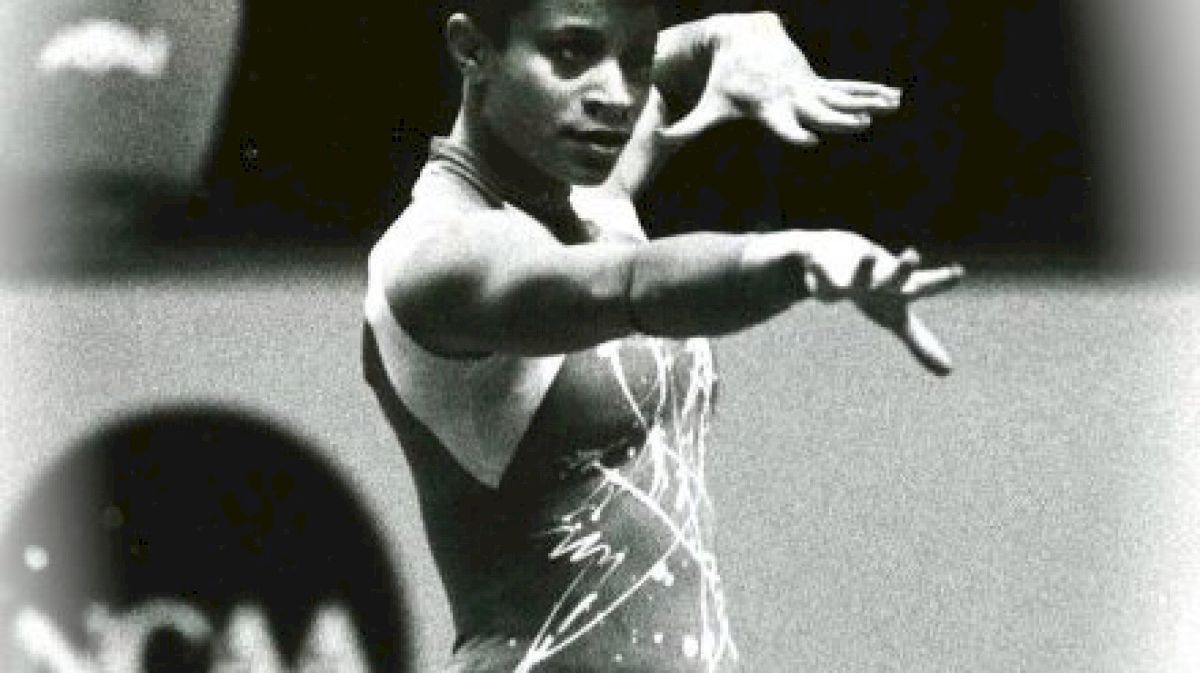

Is the Thrill Gone?
by Dee Foster
Collegiate level gymnasts should consider this post a personal challenge.
Every fan of the sport should consider this post a tough-love commentary by an observing has-been who’s been retired for longer than I care to mention.
Every fan of the sport should consider this post a tough-love commentary by an observing has-been who’s been retired for longer than I care to mention.
Being an 80s USA National Team Member, ’88 Olympic Trials qualifier (couldn’t compete due to injury) and a 90s collegiate gymnast, I realize I’m a relic of sorts in the sport. I come from the generation of USA national team members and Olympians-turned-NCAA gymnasts that didn’t have the luxuries of extra-wide bars, vaulting tables and soft landing mats on floor (I still don’t get the extra landing mat. If someone can’t land on the floor, they need to change the tumbling pass…but I digress). We did have a rough patch of trendy front tumbling with one-and-a-quarter landings, but my four college years were definitely the most competitive of my seventeen-year career.
As some may have seen on the “Sarah & Suzanne” ESPN documentary, gymnasts like Penney Hauschild, Kelly Garrison (my teammate at the 1984 Pacific Alliance International meet), Megan Marsden and Kim Hamilton set a very high standard for the next generation of college gymnasts, but 1989 was when the sport really started building its following. The 90s and early 2000s was when the competitive scope began to widen with schools like UCLA, Florida and Michigan emerging as contenders for the NCAA championship (up to that time, Utah, Alabama and Georgia were trading places in the top spot year after year). From the late 80s to the early 2000s on, world class gymnasts including Lucy Wener (first perfect 10 in the NCAA, y’all), Missy Marlowe, Kim Kelly, Hope Spivey, Lori Strong, Jenny Hansen, Kim Arnold, Elise Ray, Mohini Bhardwaj and Jamie Dantzscher, just to name a few, kept their difficulty levels high and competed big gymnastics on big collegiate stages.
I’m wondering where the “big” went.
Don’t get me wrong. I’m not being critical. I know all too well the challenges involved in being a student-athlete. Juggling the many responsibilities of academic excellence, staying healthy and competing on a high level requires striking a delicate balance every day.
But, the reality is, college gymnastics hasn’t changed much in twenty years. Except for, of course, a vaulting table replacing a vaulting horse (goodbye front-entry vaults; hello Yurchenko-fulls…ad nausea), landing mats in the corners of floor exercise and double layout after double layout dismount on bars. Admittedly, I’ve only attended a handful of college meets since my ’93 retirement. The last one I saw was the 2014 SEC Championship (Roll Tide). Fun to watch? Yes. Good crowd? You bet. Different, more exciting gymnastics from the competitors in my era? Not so much.
In fact, when I went back to Tuscaloosa for our annual alumni meet this past February, several of us were watching footage from each of our competitive days. While we watched the 1991 season, a few of the current ‘Bama team members said, “Wow, how did you guys do Tchachevs, Giengers and double layout dismounts with the bars so close? That’s big gymnastics.”
Those young ladies totally proved my point. First of all, the gymnasts who invented those skills did them with the bars even closer than we did. I’m just sayin’.
The current team members’ comments were especially poignant considering that Alabama was always known as the conservative, clean team when it came to difficulty back then. As discussed in the “Sarah & Suzanne” documentary, Georgia was far and away the mavericks of the sport. They competed difficult skills (e.g. full twisting Tchachevs, piked full-ins, “The Strong,” two full-ins on floor, etc.) every weekend. Sometimes it paid off; sometimes the risk outweighed the reward. But by and large, the top five teams in the country were comparable difficulty-wise. That’s still true today. But the difficulty level is, in my humble opinion, underwhelming.
Today’s college gymnastics equipment and facility advantages are a million miles from what existed when I was competing (you should have seen our practice gym!). Everything is safer. As far as I know, Level 10 rules still apply. I even heard the NCAA has banned weigh-ins (still in shock over that one).
So, what’s the deal? Where’s the high-flying drama that used to make crowds gasp in amazement? The crowd I sat in at the SEC Championship knew exactly what to expect from every gymnast for which they cheered. On the one hand, it’s great that the education of fans about the sport has evolved. On the other hand, where’s the proverbial tricks up the sleeves of teams who want to have an added edge when a championship ring is on the line?
Again, I’m not being critical. I’m just a concerned former contributor to a sport that, if it’s not careful, will play it too safe and create too wide a gap between Olympic-level and collegiate level standards. If that happens, everyone loses.
Again, I’m not being critical. I’m just a concerned former contributor to a sport that, if it’s not careful, will play it too safe and create too wide a gap between Olympic-level and collegiate level standards. If that happens, everyone loses.

About the Author
Dee (Foster) made a name for herself as a USA and NCAA national and international gymnastics champion. She was the 1985 USA National All-Around champion, a USA Gymnastics national team member from 1984-1988 and she qualified for the 1988 Olympic Trials (could not compete due to injury). She served on the USA Gymnastics Federation’s board as an athlete advisor.
Dee was the first African-American gymnast to ever compete at the University of Alabama. She has broken and set several NCAA, Southeastern Conference (SEC) and school records, one of which (17-time first team All-American) remains unbroken since her 1993 retirement. Dee was also the first Alabama gymnast to ever score a “perfect 10.0,” and did so eight times throughout her career (held the NCAA and SEC records for the most 10.0’s scored in consecutive meets - five).
During her storied career as a Crimson Tide gymnast, she won the NCAA awards for SEC Female Athlete of the Year, SEC Freshman of the Year, NCAA Gymnast of the Year (Honda Sports Award for Outstanding Achievement in Women’s Collegiate Athletics) and she was nominated alongside world and Olympic champions including Mia Hamm and Sheryl Swoopes for NCAA Female Athlete of the Year.
For nearly two decades, Dee has worked as is a global branding, marketing, public relations and business consulting professional. She’s established a reputation for helping businesses – ranging from boutique to Fortune 500 – achieve favorable, sustained results in the global brand, sports, entertainment and real estate development industries.
A highly skilled writer and editor, Dee’s editorial and creative work has been published in regional and national newspapers, magazines and specialty trade publications. She has also contributed copywriting and copyediting services to published and soon-to-be-published literary works. She also has extensive experience with website content, advertorial copywriting and developmental and substantive manuscript editing.
Related Content
 Replay: Lander vs Mars Hill | Mar 28 @ 6 PM
Replay: Lander vs Mars Hill | Mar 28 @ 6 PMMar 29, 2024
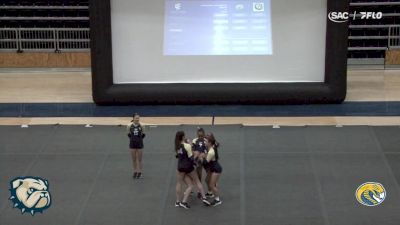 Replay: Coker vs Wingate | Mar 21 @ 6 PM
Replay: Coker vs Wingate | Mar 21 @ 6 PMMar 22, 2024
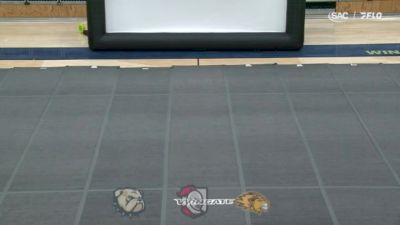 Replay: Wingate Tri-Meet - Acrobatics & Tumbling | Mar 15 @ 5 PM
Replay: Wingate Tri-Meet - Acrobatics & Tumbling | Mar 15 @ 5 PMMar 15, 2024
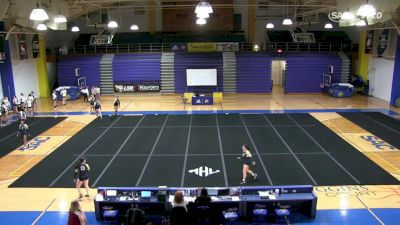 Replay: Mars Hill Tri-Meet | Feb 16 @ 6 PM
Replay: Mars Hill Tri-Meet | Feb 16 @ 6 PMFeb 17, 2024
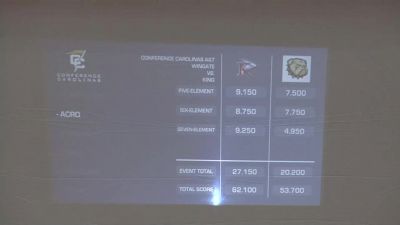 Replay: King (TN) vs Wingate - 2024 2024 King (TN) vs Wingate - Acrobatics & Tumbling | Feb 10 @ 4 PM
Replay: King (TN) vs Wingate - 2024 2024 King (TN) vs Wingate - Acrobatics & Tumbling | Feb 10 @ 4 PMFeb 10, 2024
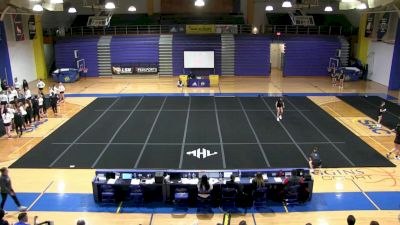 Replay: Belmont Abbey vs Mars Hill | Feb 10 @ 3 PM
Replay: Belmont Abbey vs Mars Hill | Feb 10 @ 3 PMFeb 10, 2024
 How to Watch: 2024 King (TN) vs Wingate - Acrobatics & Tumbling | Gymnastics
How to Watch: 2024 King (TN) vs Wingate - Acrobatics & Tumbling | GymnasticsFeb 10, 2024
 How to Watch: 2024 Wingate Tri-Meet | Gymnastics
How to Watch: 2024 Wingate Tri-Meet | GymnasticsFeb 8, 2024
 How to Watch: 2024 Wingate Tri-Meet | Gymnastics
How to Watch: 2024 Wingate Tri-Meet | GymnasticsFeb 8, 2024